The tradition of dowry in the Middle East has undergone significant transformations in recent decades, reflecting broader societal changes and evolving gender dynamics. Once a deeply entrenched custom tied to familial honor and economic stability, the modern dowry system now exists in a complex interplay between tradition and contemporary values. This evolution reveals much about the region's shifting social fabric.
Historical Context and Traditional Practices
In its traditional form, the dowry (known as "mahr" in Islamic law) served multiple purposes across Middle Eastern societies. It functioned as both a financial safety net for brides and a symbolic representation of the groom's commitment. The practice varied significantly across different communities - from substantial cash payments in urban centers to livestock or land in rural areas. These differences weren't merely economic but reflected deeper cultural understandings of marriage's purpose and women's societal position.
The dowry system historically operated within a framework where marriages were often arranged, and the exchange of goods or money formed part of intricate kinship negotiations. In many cases, the dowry remained the wife's exclusive property, providing her with financial security should the marriage dissolve. This aspect distinguished Middle Eastern dowry traditions from those in some other cultures where dowries transferred directly to the groom's family.
The Winds of Change
Urbanization and increased female education have dramatically altered dowry practices across the region. In cities like Dubai, Beirut, and Amman, younger generations increasingly view traditional dowry expectations as outdated. Many educated women now prefer symbolic tokens over substantial financial exchanges, seeing the latter as contradictory to modern notions of partnership. This shift particularly resonates among middle-class families where dual-income households have become commonplace.
Legal reforms in several countries have attempted to regulate dowry practices, often with mixed results. Tunisia's progressive personal status code and Morocco's Mudawana reforms placed limits on dowry amounts while reinforcing women's rights to their mahr. However, in more conservative areas, these legal changes have sometimes clashed with persistent social expectations, creating a gap between legislation and actual practice.
The Dowry's Evolving Economic Role
As Middle Eastern economies modernized, the dowry's function transformed from a straightforward wealth transfer to a more complex economic instrument. In Gulf countries experiencing rapid development, dowries sometimes involve sophisticated assets like stock portfolios or real estate investments rather than traditional gold or cash. This financialization reflects both the region's economic sophistication and the enduring importance of marriage as an economic institution.
Conversely, economic pressures have created dowry-related challenges elsewhere. In countries facing financial crises like Lebanon or Syria, soaring dowry demands have paradoxically increased even as overall wealth decreased. This counterintuitive trend suggests that in times of instability, families may cling to traditional practices as anchors of normalcy, despite their growing impracticality.
Cultural Hybridization and New Norms
The globalized Middle East now witnesses fascinating cultural syntheses around dowry practices. Young urban couples might incorporate Western-style engagement rings while still observing modified dowry customs. Some families have creatively adapted traditions - replacing gold jewelry with gold ETFs or transforming the ceremonial public display of dowry into more private transactions. These adaptations demonstrate the resilience of cultural traditions even as they evolve.
Social media has accelerated these transformations, creating platforms for public debate about dowry excesses and innovative alternatives. Instagram influencers in Saudi Arabia discuss "reasonable mahr," while TikTok videos in Egypt parody extravagant dowry demands. This digital discourse reflects and propels changing attitudes, particularly among younger demographics.
Persisting Challenges and Inequalities
Despite these evolutions, problematic aspects of dowry culture persist. In some communities, exorbitant dowries contribute to delayed marriages or create financial burdens for grooms' families. More troublingly, the inverse dowry phenomenon - where brides' families pay substantial sums to grooms - has emerged in certain areas, representing a troubling commodification of marriage.
The dowry system also reveals enduring class divides. Wealthy families may treat dowries as opportunities to display status through lavish gifts, while economically disadvantaged groups sometimes struggle to meet basic dowry expectations. This disparity underscores how traditional practices can reinforce existing social inequalities even as societies modernize in other ways.
Future Trajectories
Looking ahead, the Middle Eastern dowry system appears poised for continued evolution. As women's economic participation grows and social norms keep shifting, the practice will likely become increasingly symbolic rather than substantive in many communities. However, complete abandonment seems improbable in the near future - the dowry remains too deeply woven into the region's cultural and religious tapestry.
What emerges most clearly from examining these changes is that the dowry's modern story mirrors the Middle East's broader narrative of transformation. The practice serves as a prism reflecting tensions between tradition and modernity, between cultural preservation and global influences. As the region continues to navigate these complex dynamics, the evolution of marriage customs like the dowry will remain a telling indicator of social change.
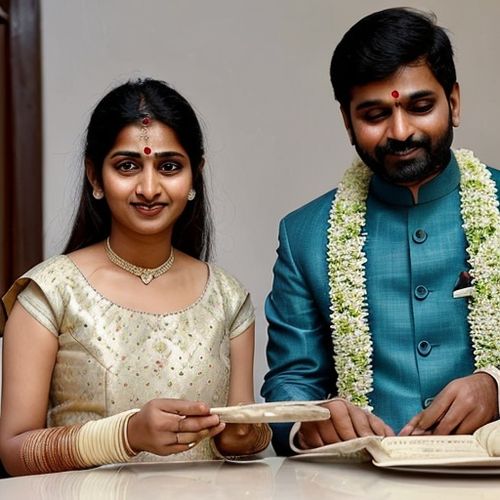
By Lily Simpson/Apr 19, 2025

By Christopher Harris/Apr 19, 2025

By Olivia Reed/Apr 19, 2025

By Laura Wilson/Apr 19, 2025

By Emma Thompson/Apr 19, 2025

By Olivia Reed/Apr 19, 2025
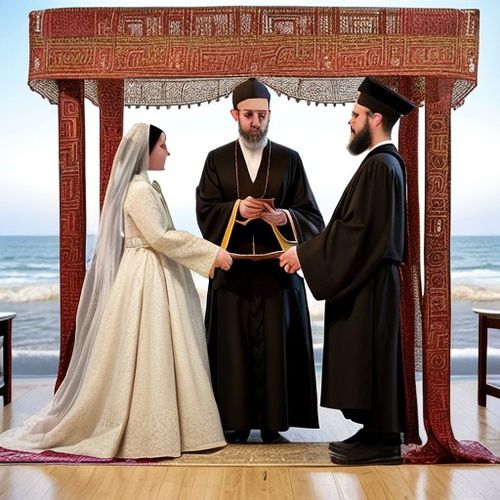
By Noah Bell/Apr 19, 2025
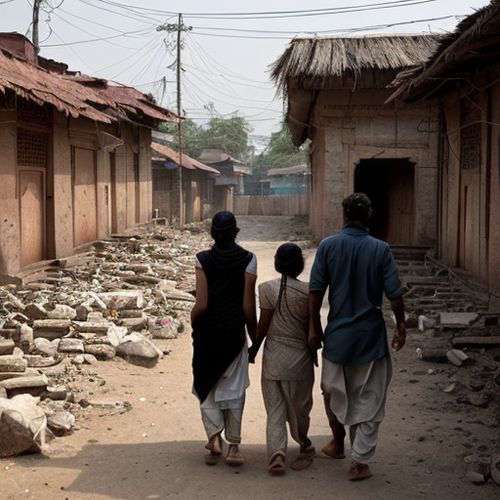
By James Moore/Apr 19, 2025
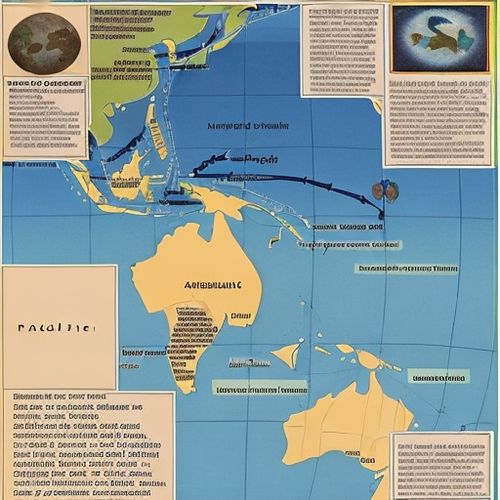
By Elizabeth Taylor/Apr 19, 2025
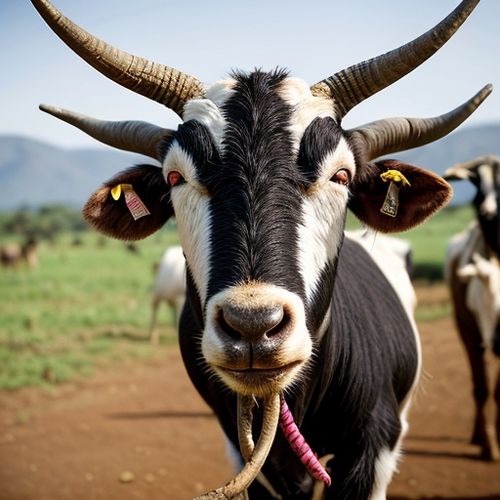
By John Smith/Apr 19, 2025

By Olivia Reed/Apr 19, 2025
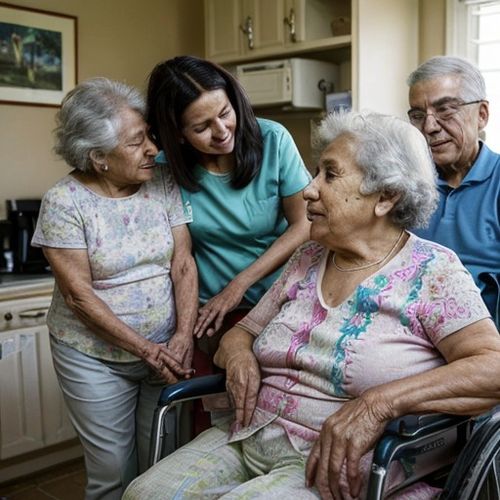
By Lily Simpson/Apr 19, 2025
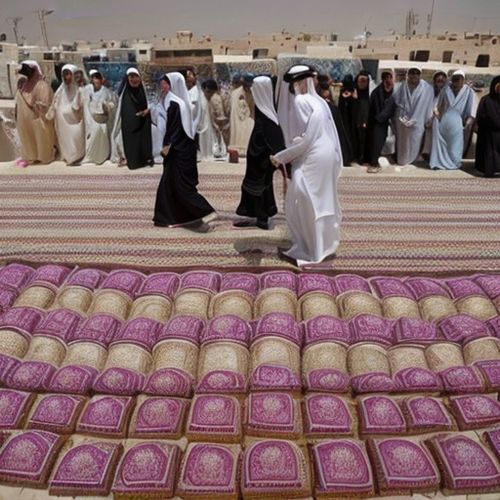
By Joshua Howard/Apr 19, 2025

By William Miller/Apr 19, 2025
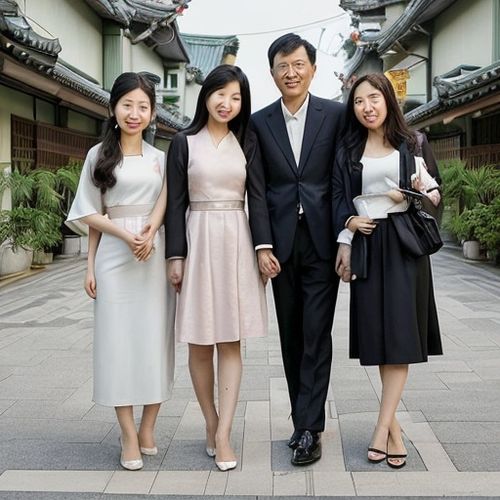
By Eric Ward/Apr 19, 2025

By Lily Simpson/Apr 19, 2025

By James Moore/Dec 23, 2024

By David Anderson/Dec 23, 2024